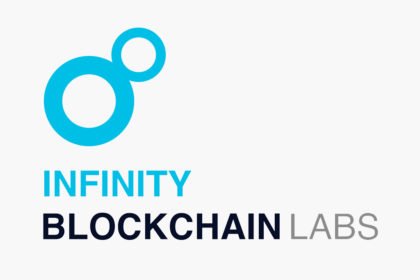Former NEX employees give a sneak peek into how Project Infinity resulted into several casualties but has been saved from going into oblivion.
NEX Group’s launch of Project Infinity in May 2017 is a classic example of how a wrong move can ruin a company’s plans. It has caused one of the biggest casualties in the blockchain space which has hit dozens of jobs and a loss of $31.7 million, as per the former company employees.
Earlier this year in March 2018, NEX boss Michael Spencer announced selling this company to the CME group for a cost of $5.5 billion. Project Infinity led by Jenny Knott, former head of NEX Optimisation, was supposedly having big goals of integrating the ‘company’s entire post-trade services portfolio onto one interoperable blockchain architecture,’ reports CoinDesk.
A former NEX employee also said that the company was working towards implementing machine learning and AI skills to the Infinity’s DLT architecture to effectively manage the rich data and information coming from banks and brokers.
A former NEX executive, who refused to be identified, told the publication:
“They scaled it back significantly. [Spencer] was not going to invest another penny that wasn’t going to get him short-term revenue.”
However, the twist in the plot arrived when an industry source from a company, who was previously hiring staff from Infinity, alleged that the project has not been pulled-back but instead been “canned”. The source also said that in the face of spiraling costs for the company, heavy casualties were reported in terms of job cuts.
“They got rid of Knott and then they quietly canned the project about two months ago; 47 out of 50 staff were fired,” said the source. In confirmation with former NEX employees, it came to light that severe staffing cuts were made and the ones doing the strategic work were mostly affected.
NEX’s former employee, who preferred to stay anonymous, said it was a mistake to make Infinity a ‘program’ as it brought along huge burden in terms of costs and expectations. The employee said:
“When you make something into a ‘program’ it means hiring all these people who plan things and do tons of spreadsheets and so on. “There was an enormous group of people doing business requirements, managing user groups for opinions. Some of that stuff is necessary, but not at the scale it was done.”
He also stated that the plan of infrastructure upgrade of Traiana, a NEX division linked to Infinity, had put a heavy burden on the company’s books shooting up the perceived costs be several times.
Project Infinity is Still Alive
Traiana CEO, Andres Choussy says that the project has not been shunned down but rather it has entered the execution stage through the blockchain builder Axoni. However, Choussy did admit that the project was initially scaled back, but later got some life:
“[Infinity] had a vision; the vision is a sound vision which we still would love to try and get to one day. But we are being realistic. You see this from a lot of the DLT initiatives, moving the market into something completely new is not an easy task, so what we have done is focused our efforts into specific applications, specific use cases that really are plan-driven.”
Choussy also confirmed that the DLT implementation part of Infinity has been narrowed down while putting more focus on post-trade FX. A former NEX engineer said:
“We were really right at the razor’s edge of getting this stuff out the door when there was just a massive set of layoffs and the entire team in London was let go. The politics around the situation changed, also the company was preparing to try to make things look good for the CME acquisition.”
He also noted that meeting the DLT requirements was a tough nut to crack for the company which costed the company for getting the product into the market.
next